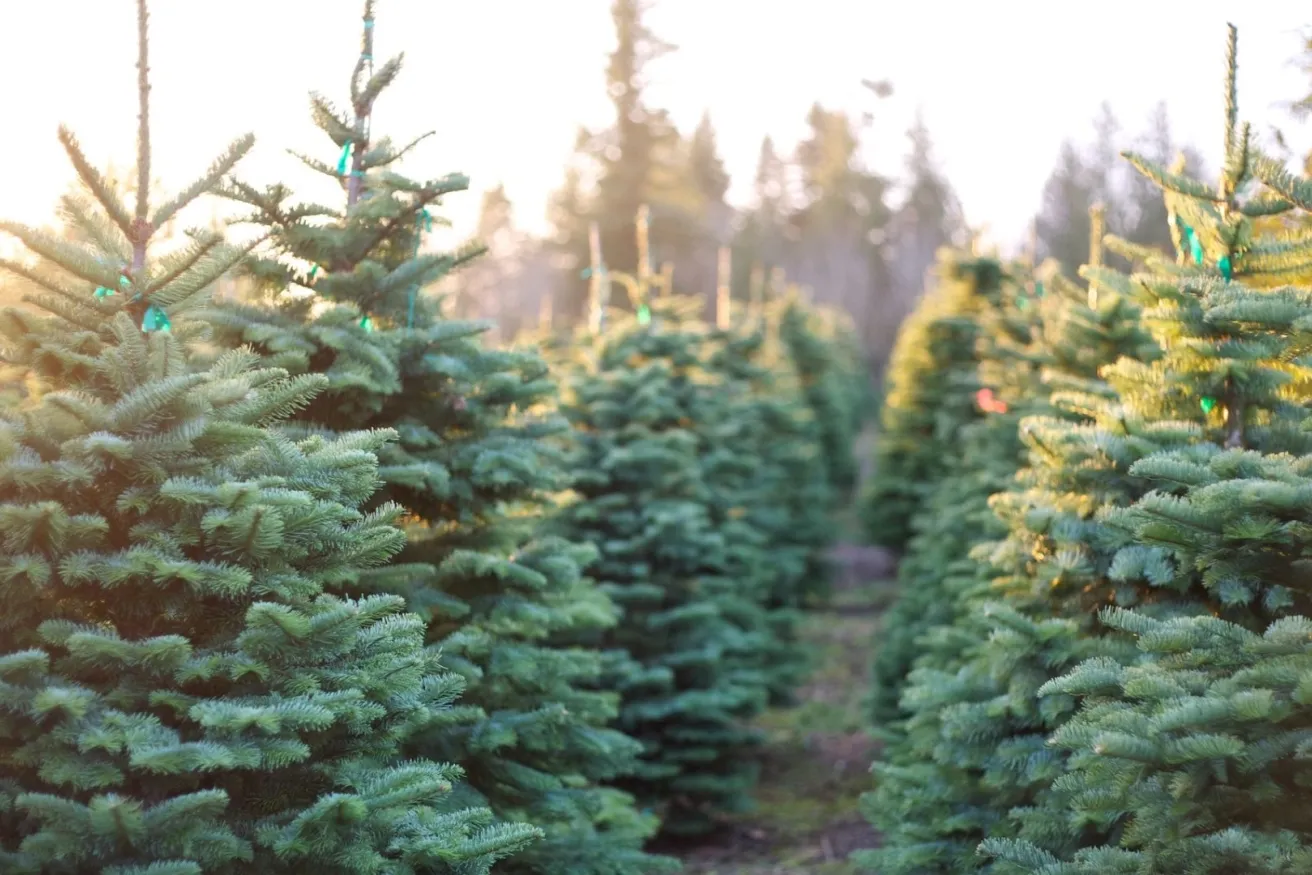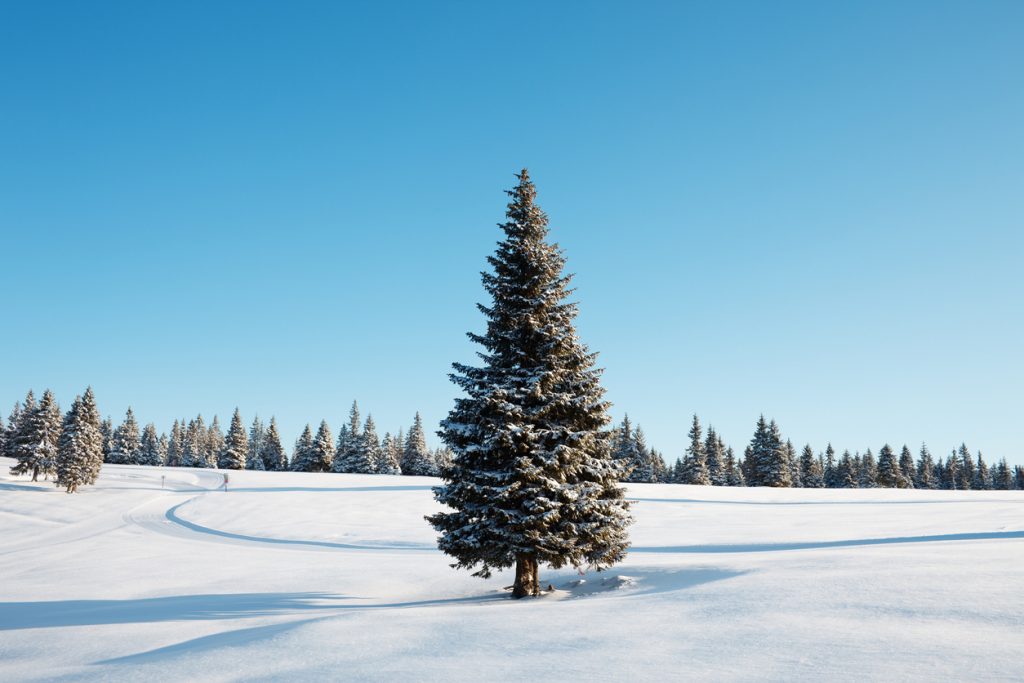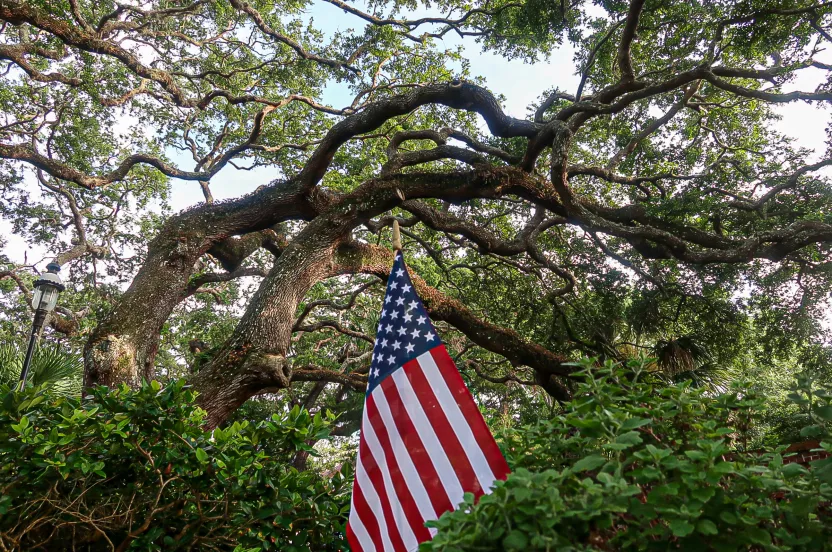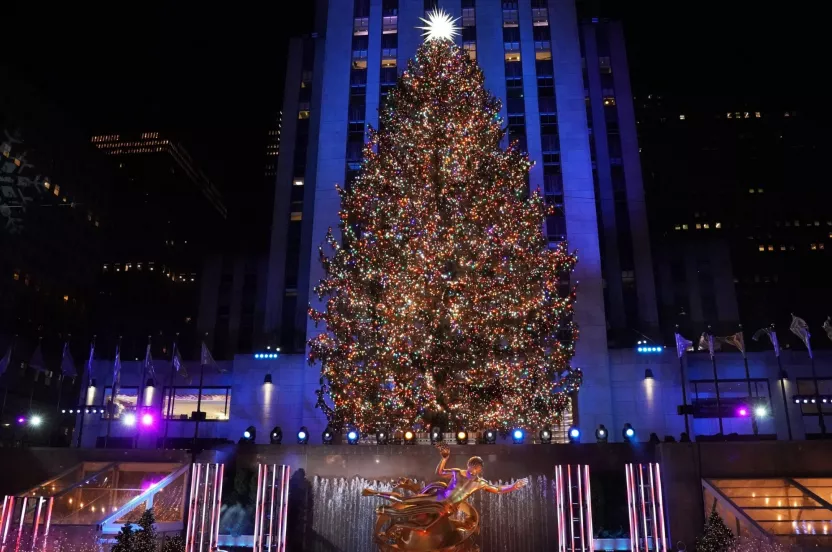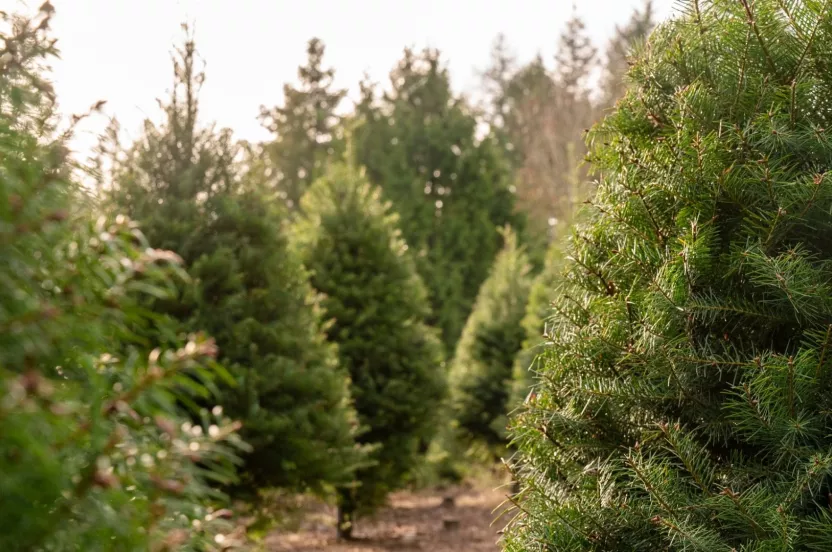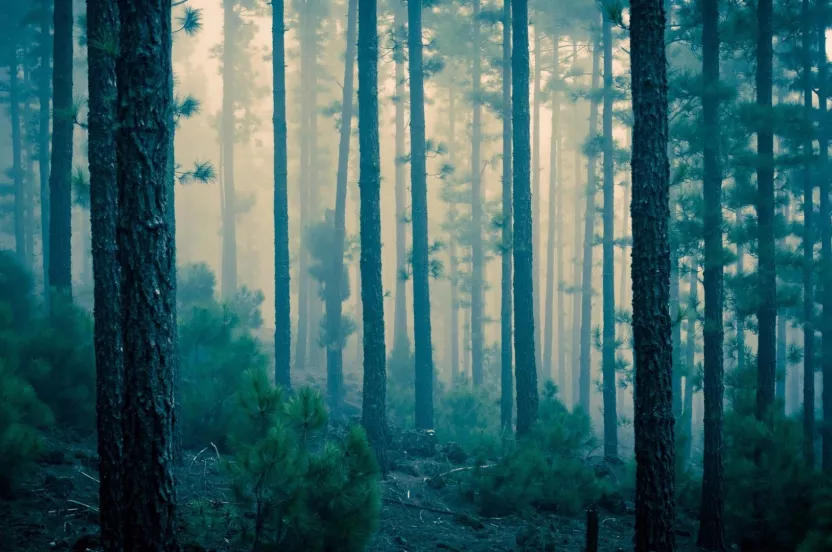The Arbor Day Foundation is pledging 10 million trees to areas impacted by hurricanes Helene, Milton Help us replant
Guest post by Gail Lopez, Landscape Designer
Decorated evergreen trees are such a part of Christmas, it’s hard to think about the holiday without them. Their lush green branches and woodland aromas grace homes, shops, and offices as well as the garden shops, tree farms, and pop-up lots that sell around 35 million of the evergreens each season.
When we place a fresh-cut or living evergreen in our home, we're celebrating a winter practice that dates back to the ancient Egyptians. They're the ones who first brought greens inside during the winter solstice to symbolize the triumph of life over death. Other cultures in the Northern hemisphere also brought evergreens inside to cheer the soul during the darkening days of the solstice. Among them, the early Romans, the Celts, and the Vikings. Pagans in Europe thought greenery encouraged fertility.
The 16th-century Germans started the Christmas tree tradition. The Protestant reformer Martin Luther is credited with adding lighted candles, inspired by the stars. It’s no surprise, then, that the German settlers of Pennsylvania were the first to display Christmas trees in the United States. Dogs and cats were relegated to the barn back then, so there was little chance of the family pet watering or trying to climb the Christmas tree.
The tradition was slow to take hold because our Puritan forefathers insisted on the sacred, rather than festive, aspect of the holiday. But by the end of the 19th-century, the beguiling charms of a decorated Christmas evergreen proved irresistible.
All sorts of evergreens grace the American Christmas. These include various species of pine, spruce, cedar, and even cypress. But the king of Christmas trees is the fir — balsam, Douglas, Frasier or noble. All have ornament-friendly branches, a fragrant aroma, and easy clean-up.
Living symbols
Live Christmas trees add an extra impact. After the holiday, if the root ball is intact you can plant them. Not only does this keep trees out of the landfill, but it also adds beauty and value to your property.
The first step in successful planting and care of a live Christmas tree is selection. Make sure the tree you choose is winter hardy for your climate zone, and not raised in a greenhouse. If you choose to bring your tree inside for the holidays, do so for no more than five to seven days, or it will lose its winter resistance. Keep it in a cool spot and insulate the root ball.
Read: 8 Sustainable Ways to Recycle your Christmas Tree
As with fresh-cut trees, the key to a happy tree will be water and lots of it. If the root ball dries out, even once, your tree is dead. After the holiday is over, put the tree in an unheated outbuilding until the ground thaws. Come planting time, follow simple steps on tillage, the size of the rootball, and mulching. As with all newly planted trees, keep them moist.
Once the tree is established in your yard and starts to grow, you will have years of enjoyment. The growing tree is not only the symbol of life that it was during the holiday, it's a force of life in itself and a year-round living testimony to the joyous season. For more information on great holiday trees and green gifts, go to arborday.org.
Gail Lopez is a second-generation landscape designer whose family business designs yards with flair. Her things are beautiful plants, outdoor kitchens, and sprinklers powered by artificial intelligence.

